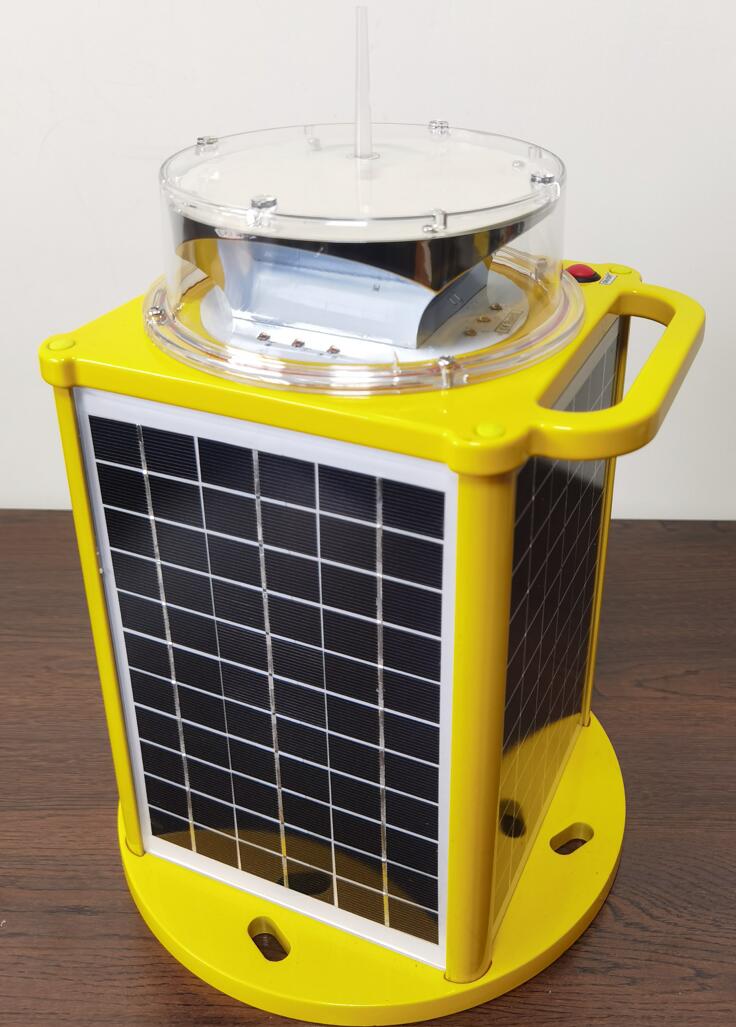In the world of maritime navigation, ensuring safety and visibility is paramount. Solar marine lanterns have emerged as a revolutionary solution, combining reliability, efficiency, and sustainability. Whether marking buoys, outlining harbors, or illuminating offshore structures, these lanterns provide a cost-effective and environmentally friendly alternative to traditional lighting systems. This article delves into the features, benefits, and applications of solar marine lanterns, showcasing why they are an indispensable asset for maritime operations.
What Are Solar Marine Lanterns?
Solar marine lanterns are self-contained lighting devices designed for use in marine environments. Powered by solar energy, these lanterns harness sunlight through photovoltaic panels, storing the energy in rechargeable batteries. Their autonomous operation and durability make them ideal for marking navigational routes, hazards, and maritime boundaries in even the most remote locations.

Key Features of Solar Marine Lanterns
Efficient Solar Panels: High-quality photovoltaic panels ensure maximum energy absorption, even in low-light conditions.
| ER56 | Solar Marine Lanterns |
Durable Design: Made from corrosion-resistant and water-tight materials, solar marine lanterns are built to withstand saltwater, UV exposure, and harsh weather.
Customizable Light Patterns: Adjustable flashing modes and color options enable compliance with international maritime signaling standards.
Energy Storage: Advanced battery systems allow for extended operation during overcast periods or long nights.
Smart Functionality: Many modern lanterns include GPS synchronization, remote monitoring, and automatic brightness adjustments.
Advantages of Solar Marine Lanterns
Eco-Friendly: By using renewable solar energy, these lanterns reduce dependence on fossil fuels and minimize carbon emissions.
Cost-Effective: They eliminate the need for external power sources or frequent battery replacements, lowering both installation and operational costs.
Reliable in Remote Locations: Solar marine lanterns are ideal for off-grid and hard-to-reach areas where traditional power infrastructure is unavailable.
Low Maintenance: Their automated operation and durable construction significantly reduce maintenance requirements.
Enhanced Safety: With consistent performance and high visibility, these lanterns improve safety for vessels navigating through challenging environments.
Applications of Solar Marine Lanterns
Navigational Aids: Used to mark shipping channels, buoys, and harbor entrances, guiding vessels safely through waterways.
Offshore Platforms: Installed on oil rigs, wind farms, and other offshore structures to prevent collisions.
Aquaculture Zones: Define boundaries for fishing and aquaculture activities, ensuring orderly operations.
Ports and Harbors: Enhance visibility at docks, jetties, and other critical maritime infrastructure.
Search and Rescue Operations: Provide reliable lighting in emergency scenarios to assist rescue teams.
How to Select the Right Solar Marine Lanterns
Choosing the best solar marine lanterns involves assessing several factors to meet specific operational needs:
Brightness and Range: Ensure the lantern offers adequate visibility for the intended location and purpose.
Battery Capacity: Look for models with sufficient energy storage to operate reliably in varying weather conditions.
Durability: Select lanterns made with materials suited to the marine environment, including resistance to corrosion and extreme temperatures.
Regulatory Compliance: Verify that the lantern complies with international standards, such as those established by the International Association of Marine Aids to Navigation and Lighthouse Authorities (IALA).
Ease of Installation: Opt for lightweight, easy-to-install models to simplify deployment.
Technological Advancements in Solar Marine Lanterns
Solar marine lanterns are continually evolving, incorporating innovative features to improve efficiency and functionality:
GPS Synchronization: Multiple lanterns can flash in unison, providing clear and consistent navigational signals.
Remote Monitoring: Smart systems enable real-time performance tracking, allowing operators to monitor battery life, light intensity, and operational status.
Intelligent Energy Management: Advanced systems optimize power usage based on ambient light and battery levels.
Hybrid Power Systems: Combining solar energy with wind or kinetic power ensures consistent operation during prolonged adverse weather.
Environmental Impact of Solar Marine Lanterns
One of the most significant advantages of solar marine lanterns is their contribution to environmental conservation. By relying on solar power, they reduce energy consumption and eliminate waste associated with disposable batteries. Furthermore, their long lifespan and recyclable components make them a sustainable choice for maritime operations.
Challenges and Solutions
While solar marine lanterns offer numerous benefits, they are not without challenges:
Weather Dependency: Limited sunlight in some regions can impact performance. High-efficiency panels and larger batteries mitigate this issue.
Initial Cost: The upfront investment may be higher than traditional alternatives, but the long-term savings in energy and maintenance outweigh the initial expense.
Installation in Harsh Conditions: Lightweight designs and robust mounting systems simplify deployment in extreme environments.
The Future of Solar Marine Lanterns
As technology advances, solar marine lanterns are expected to become even more efficient and versatile. Trends such as AI-driven diagnostics, IoT integration, and enhanced battery technologies will redefine their capabilities. Additionally, increasing global emphasis on sustainability will drive the adoption of solar marine lanterns across maritime sectors.
Solar marine lanterns represent the perfect convergence of technology and sustainability in the maritime industry. Their ability to provide reliable, eco-friendly lighting in remote and challenging environments makes them an essential tool for modern navigation.
By investing in solar marine lanterns, maritime operators can enhance safety, reduce costs, and contribute to a greener future. Whether guiding vessels through bustling ports or marking offshore installations, these lanterns illuminate the path toward safer and more sustainable seas.